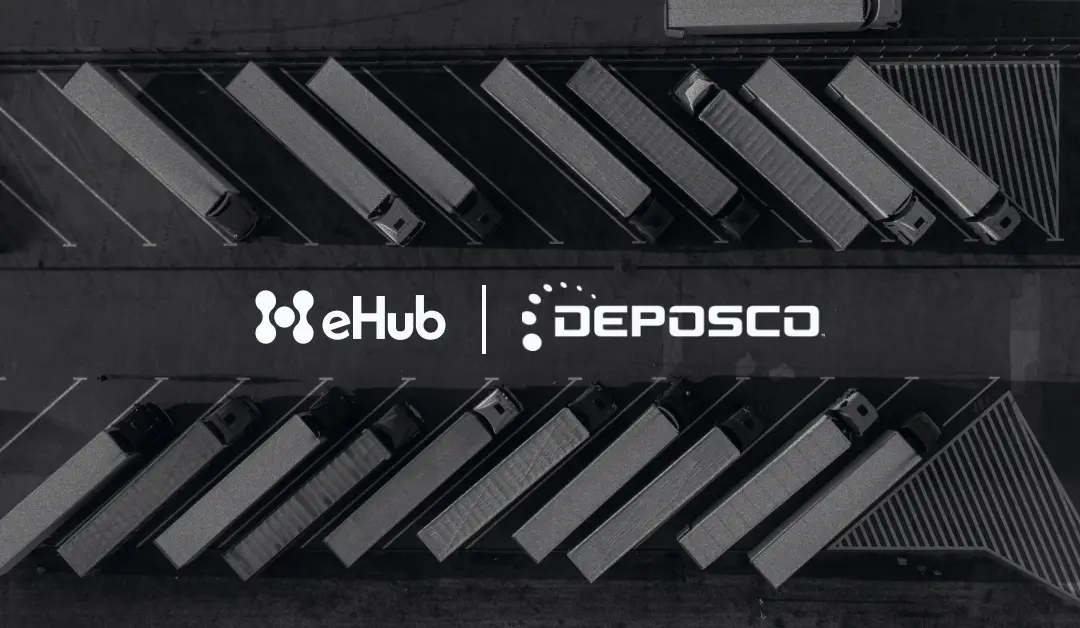Intro
Kitting is one of those backend processes that can quietly eat away at your time and margin, or become a decisive operational advantage. Whether you’re bundling products for a seasonal promotion, preparing influencer kits, or shipping subscription boxes, how you manage kitting directly impacts your speed, cost, and accuracy.
And at the center of it all? The boxes.
Kitting boxes might seem like a small detail, but they carry a surprising amount of weight (pun intended). In this post, we’ll explain what kitting means, how the right packaging choices make or break your process, and how to simplify fulfillment without losing flexibility.
What Is Kitting in Fulfillment?
Kitting is the process of pre-assembling individual items into a ready-to-ship unit. Instead of picking and packing multiple SKUs for every order, kitted items are grouped, packed, and stored together in advance.
Common kitting use cases include:
- Subscription boxes
- Product bundles (e.g., starter kits, gift sets)
- Influencer or PR kits
- Event giveaways or B2B sample boxes
Done well, kitting improves fulfillment speed, reduces labor costs, and creates a consistent unboxing experience for the customer.
Why Kitting Boxes Matter More Than You Think
Choosing the right boxes for kitting isn’t just about size—it’s about workflow, cost, and experience.
Here’s why the box itself matters:
1. Dimensional Weight Impacts Your Bottom Line
Carriers charge based on DIM weight, which means the wrong-sized box can rack up shipping costs quickly. Custom-sized boxes help you avoid empty space and minimize waste.
2. Pre-Kitting Requires Smart Storage
If you’re kitting ahead of time, your boxes need to be stacked and stored efficiently. Standardizing your kitting box sizes makes warehouse space easier to manage.
3. The Unboxing Experience Counts
Kitting often touches the brand experience directly, especially with influencer or subscription boxes. Packaging should feel intentional without becoming overly expensive.

Common Pitfalls in Kitting Workflows
If you’re managing kitting manually or using generic tools not designed for bundled SKUs, you might run into issues like:
- Incorrect bundle contents
- Wasted space due to poor box selection
- Labor bottlenecks during busy seasons
- Inconsistent customer experiences
These add up quickly, especially when you start to scale.
How to Streamline Kitting at Scale
As order volume grows, manual kitting quickly breaks down. Here’s how to simplify and optimize your kitting operations:
1. Create Kitting Recipes or BOMs (Bill of Materials)
Treat every kit like its own product. Define which SKUs go into which box, and use digital systems to manage it, especially if multiple kit versions exist.
2. Use Carrier Logic That Accounts for DIM and Box Selection
eHub’s fulfillment intelligence platform uses packing logic to auto-select the optimal box based on item dimensions, weight, and shipping zone, ensuring you’re not overpaying.
3. Pre-Kit Strategically
If demand is predictable (seasonal kits, promo bundles), consider pre-kitting during slow periods and storing kits as ready-to-ship inventory.
4. Work With a 3PL That Supports Kitting Services
Not all 3PLs offer kitting. If outsourcing fulfillment, ensure your provider has the tools and experience to handle your complexity.
Final Thoughts: Kitting Shouldn’t Be a Bottleneck
Kitting boxes might not sound glamorous, but they’re one of the most tactical levers in fulfillment. The proper setup can lower costs, speed shipping, and delight your customers.
If your kitting process feels clunky, error-prone, or too manual, it might be time to look at more intelligent systems and partners.
Need help simplifying your kitting, packing, and label logic?



